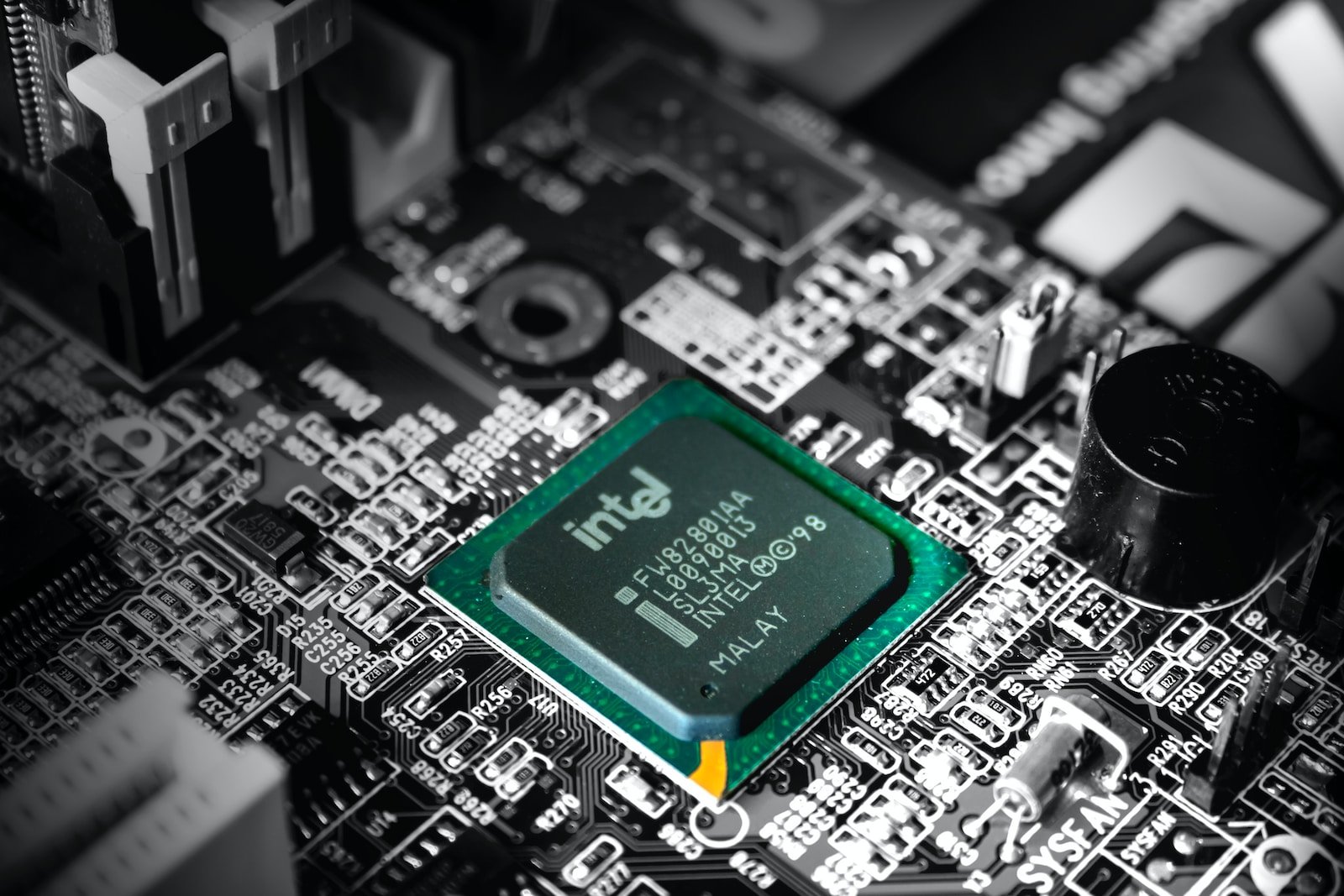Introduction: The Importance of Personalization in Chatbot Interaction
NLP for Chatbot Personalization: Making Virtual Assistants More Human-Like
We are increasingly reliant on chatbots to help us with tasks both big and small. From ordering a coffee to booking a hotel room, chatbots are becoming our go-to assistant for many everyday tasks.
One of the key things that makes chatbots so useful is their ability to personalize the interaction. By understanding the user’s needs and preferences, they can provide a more human-like experience that feels tailored just for us.
This is why NLP (natural language processing) is such an important tool for chatbot personalization. NLP allows the chatbot to understand the user’s input and respond in a way that feels natural and human-like.
In this blog post, we’ll explore how NLP can be used to personalize the chatbot experience. We’ll also look at some examples of how NLP is being used by leading companies to create more human-like chatbots.
The Basics of NLP and its Applications in Chatbot Personalization
NLP, or natural language processing, is a branch of artificial intelligence that deals with the interpretation and manipulation of human language. NLP is used in chatbot personalization to make virtual assistants more human-like by understanding and responding to the user’s natural language input.
NLP algorithms are used to process and analyze large amounts of natural language data in order to extract meaning and generate insights. NLP techniques can be used for a variety of tasks, such as text classification, topic modeling, sentiment analysis, named entity recognition, and machine translation.
In chatbot personalization, NLP is used to interpret the user’s input and generate a response that is more personalized and human-like. By understanding the user’s intent and context, NLP-powered chatbots can provide more relevant and helpful responses.
There are a number of different applications for NLP in chatbot personalization. Some common examples include:
Understanding user intent: In order to provide a helpful and relevant response, the chatbot needs to understand the user’s intent. NLP can be used to interpret the user’s input and determine what they are trying to accomplish.
Extracting information: Chatbots can use NLP to extract information from unstructured data sources, such as emails, documents, or social media posts. This information can then be used to generate a more personalized response.
NLP Techniques for Chatbot Personalization: Stemming, Lemmatization, Named Entity Recognition and more
In order to make chatbots more human-like, NLP techniques such as stemming, lemmatization, and named entity recognition can be used. Stemming is the process of reducing a word to its base form, while lemmatization is the process of finding the base form of a word. Named entity recognition is the process of identifying proper nouns in text. By using these techniques, chatbots can become more personalized and human-like.
Real-world Examples of NLP-powered Chatbot Personalization in Action
NLP for Chatbot Personalization: Making Virtual Assistants More Human-Like
By definition, Natural Language Processing (NLP) is a way for computers to understand, interpret and manipulate human language. In the context of chatbots, NLP can be used to help make them more human-like by understanding the user’s intentions, emotions and meaning behind their words.
One way that NLP can be used for chatbot personalization is to enable the chatbot to understand different regional accents and dialects. This is important because users from different regions will have different ways of expressing themselves, and a chatbot that is unable to understand them will not be able to provide an engaging or personalized experience.
Another way that NLP can be used for chatbot personalization is through sentiment analysis. This is where the chatbot analyzes the user’s text input in order to determine whether they are happy, sad, angry, etc. This information can then be used to adjust the chatbot’s responses accordingly in order to better match the user’s emotional state.
Finally, NLP can also be used to help a chatbot understand the user’s intent behind their words. This is important because it allows the chatbot to provide more relevant and helpful responses instead of just giving generic answers. For example, if a user asks “What’s your favorite color?”, an NLP-powered chatbot could understand that the user is asking for personal information and give a response
The Impact of NLP on Chatbot Personalization and Human-like Interaction
NLP, or natural language processing, is a powerful tool that can be used to improve chatbot personalization and human-like interaction. By understanding the user’s intent and context, NLP can help chatbots respond in a more natural and human-like way.
In addition to providing a more natural and human-like interaction, NLP can also help chatbots to better understand the user’s needs and provide more personalized assistance. For example, NLP can be used to identify the user’s location, age, gender, and interests. This information can then be used to customize the chatbot’s responses accordingly.
Overall, NLP is a powerful tool that can greatly improve chatbot personalization and human-like interaction. By understanding the user’s intent and context, NLP enables chatbots to respond in a more natural and human-like manner. Additionally, NLP can help chatbots to better understand the user’s needs and provide more personalized assistance.
Challenges and Limitations of Using NLP in Chatbot Personalization
NLP for chatbot personalization can be a great way to make your virtual assistant more human-like. However, there are some challenges and limitations to using NLP in chatbot personalization.
One challenge is that NLP models can be very data intensive. This means that you need a large amount of data in order to train your model. If you don’t have enough data, your model may not be able to accurately learn the language.
Another challenge is that NLP models can be difficult to interpret. This means that it can be hard to understand why the model made certain predictions. This can make it difficult to debug your model and improve its performance.
Finally, NLP models can be computationally expensive to run. This means that you may need powerful hardware in order to run your chatbot efficiently.
Conclusion: The Future of NLP-powered Chatbot Personalization and the Impact on Human-computer Interaction
NLP for chatbot personalization is still in its early stages, but the potential impact on human-computer interaction is significant. NLP-powered chatbots can provide a more personalized experience for users by understanding their natural language input and responding accordingly. This technology has the potential to revolutionize the way we interact with digital assistants and other computer-based systems. In the future, NLP-powered chatbots will become more widespread and sophisticated, further automating and simplifying our lives.







